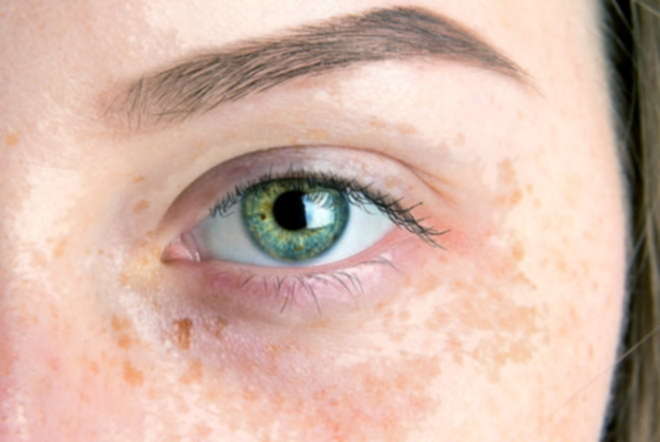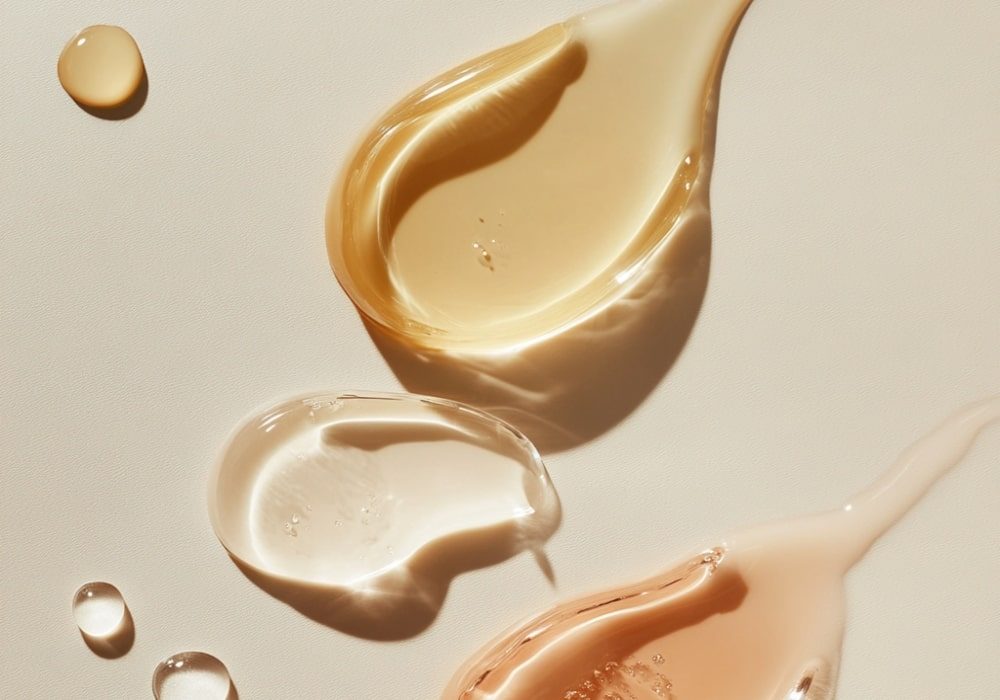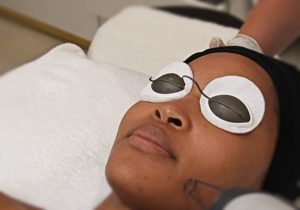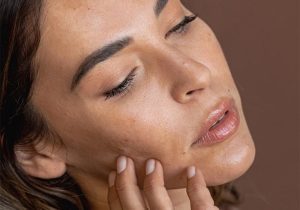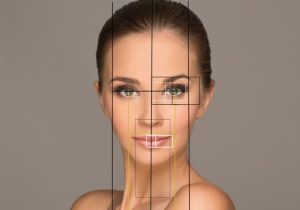Discolouration is a never-ending frustration for many women. Traditionally when it came to discolouration and melasma on the face, the first thing your doctor used to prescribe was sunscreen and hydroquinone. But, this is no longer true. Hydroquinone may, in fact, cause other complication and discolouration and is now banned in many countries. Here we look at the alternative options which are just as effective.
Discolouration fighting ingredients
1. Vitamin C
Vitamin C is one of those beauty ingredients hailed as irreplaceable both for treatments and topical skin care products. It is best-known for lightening and brightening the skin and is loaded with anti-ageing and antioxidant properties., 2. Acids
When lightening up discolouration, you must incorporate acids into your skincare. These acids exfoliate away dead skin cells on the uppermost layer of skin and work on the synthesis of melanin.
3. Retinol and retinoids Any form of vitamin A, in other words, retinol, and retinoids help to slowly eliminate discolouration. As a result, retinols are used to reduce epidermal pigmentation and increase cell turnover. 4. Arbutin
Arbutin is the one ingredient that most rivals hydroquinone—in fact, it’s called the “natural hydroquinone” thanks to its similar chemical composition minus the potential side effects and risk.
1. Peels Professional peels can help improve skin tone, discolouration, and texture of the skin. As a result skin peels are favoured as an affordable option to treat pigmentation,
acne scars and sun damage. As a result, there is a wide variety to choose from depending on the type of discolouration. Common options include glycolic, mandelic or salicylic acids, with azelaic and kojic acids can be used to help block tyrosinase to even out the colour of the skin.
2. Laser Laser technology has progressed substantially and therefore the options have become rather extensive. Determining factors are usually price and the type of pigmentation being treated. Top lasers include fractionated lasers, Fraxel, Fraxel Dual, CO2 lasers, Laser Genesis, ND Yag and much more. Because of the risks involved always seek the guidance of a medical professional.
In conclusion
The first step with any discolouration would be to diagnose the root cause. It then makes sense to incorporate a skincare regime. Lastly would be a course of targeted professional treatments to eliminate existing pigmentation and prevent future
pigmentation.
